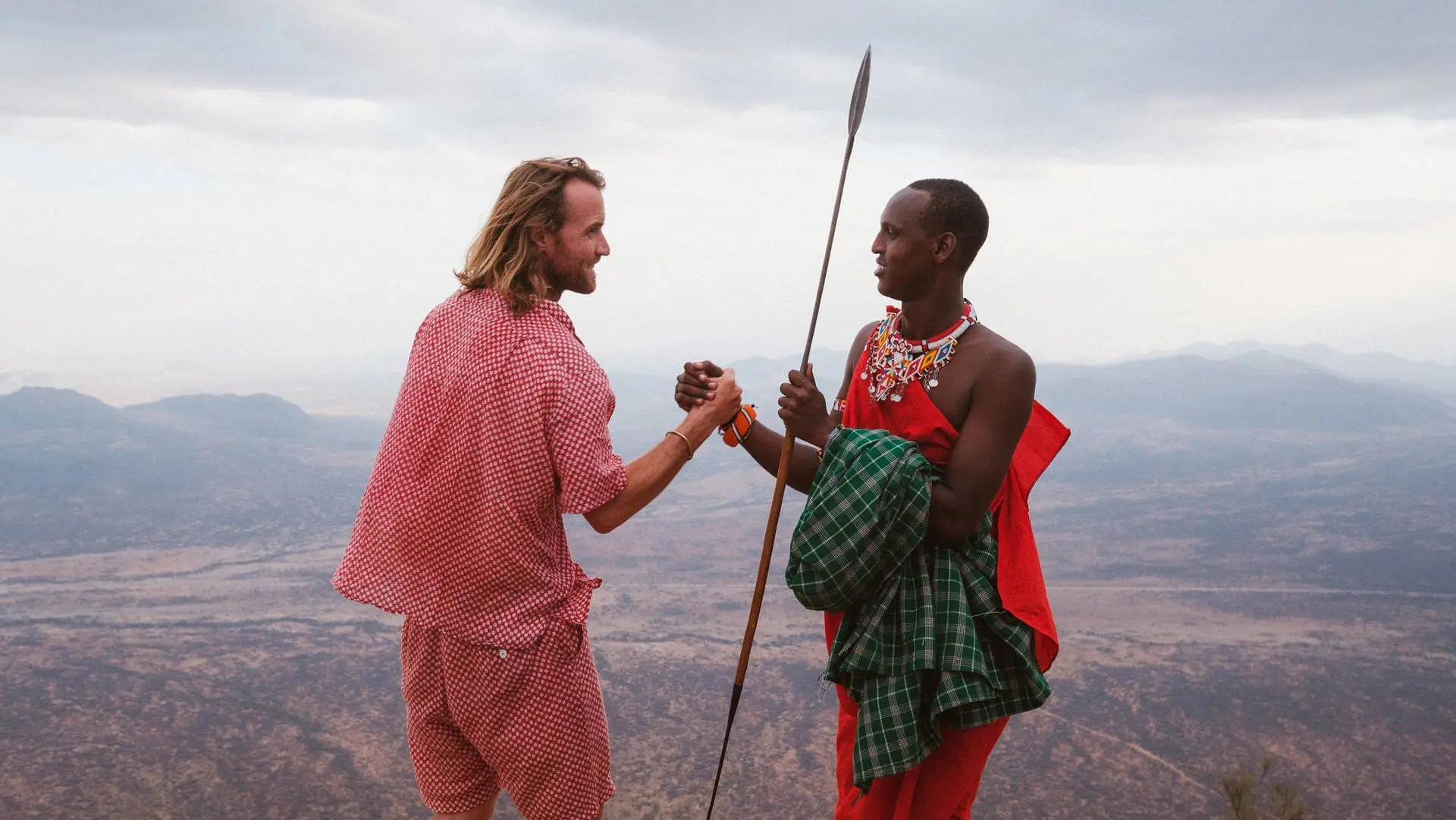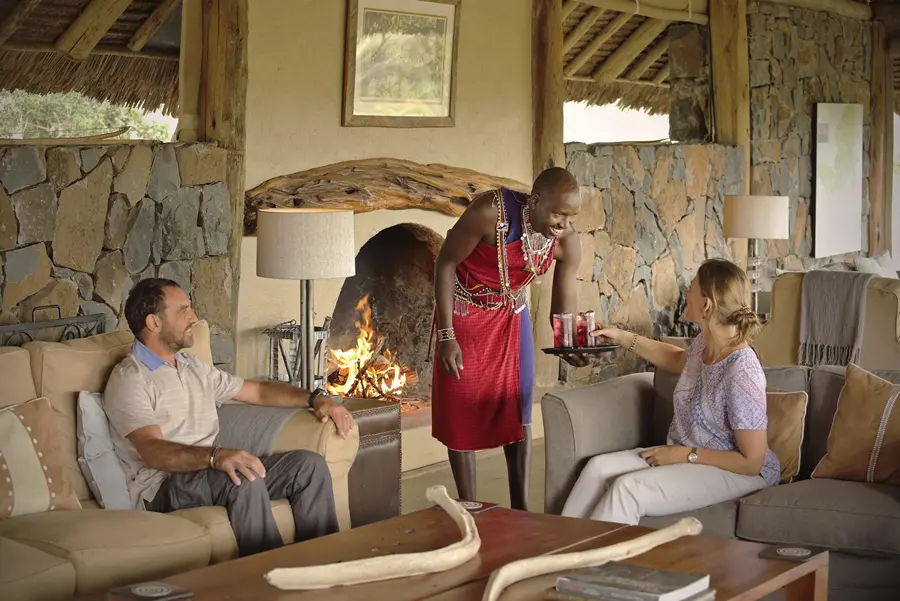- GET IN TOUCH WITH US:
- +256 753518160
- +256 777842166
- info@experiyatourcompany.com

Is it polite to tip in Kenya?
November 19, 2025
Can I buy traditional crafts in Nairobi?
November 19, 2025What Are Common Swahili Greetings?
Swahili, known as Kiswahili across East Africa, is one of the most widely spoken languages on the continent. It is the national and official language of Kenya and Tanzania, and it plays a crucial cultural role in Uganda, the Democratic Republic of Congo, Rwanda, Comoros, Mozambique, and parts of Zambia.
More than 200 million people speak Swahili, making it one of Africa’s great linguistic bridges—connecting cultures, trade routes, and communities across the region.
For travelers visiting Kenya, understanding Swahili greetings is not only polite but also deeply enriching. Greeting someone in their language shows respect, warmth, and curiosity. It opens doors to authentic conversations, better cultural understanding, and more meaningful connections during your journey.
So, What are common Swahili greetings? The world of Swahili greetings is warm, melodic, expressive, and full of cultural nuance. Let’s explore these essential phrases and the role they play in everyday Kenyan life.
Why Greetings Matter in Swahili Culture
In Swahili-speaking communities, greeting someone is more than a quick formality—it’s an important cultural ritual.
Exchanging greetings acknowledges the presence of another person, creates social harmony, and builds instant rapport. In Kenya, failing to greet someone before beginning a conversation may seem abrupt or rude.
Most greetings come with follow-up questions, and these interactions reflect the community-based, relational nature of East African culture.
Travelers who learn even a few greetings often find locals delighted, appreciative, and eager to help.
The Most Common Swahili Greetings
Swahili greetings vary depending on the time of day, the age of the people involved, the level of respect, and the social setting. Below are the most essential greetings every visitor should know.
“Jambo” – The Famous Greeting
“Jambo” is perhaps the most internationally known Swahili greeting, thanks to its use in tourism, songs, and media.
Although widely recognized, it is rarely used by native Swahili speakers in everyday conversations. Locals often reserve “Jambo” for tourists because it has become synonymous with welcoming international visitors.
Nonetheless, it remains a cheerful and friendly greeting that travelers will hear often.
“Hujambo / Sijambo” – The Polite Singular Greeting
A more authentic version of “Jambo” is:
Hujambo? – “How are you?” (singular)
Sijambo. – “I am fine.”
This greeting is polite, formal, and used when speaking to one person.
“Hamjambo / Hatujambo” – Greeting Several People
When addressing a group:
Hamjambo? – “How are you all?”
Hatujambo. – “We are fine.”
This greeting is common when entering homes, villages, offices, or community gatherings.
“Habari” – Everyday Greeting for All Situations
One of the most commonly used greetings in Kenya is:
Habari? – “How are you?” or “Any news?”
It’s an open-ended greeting that invites conversation.
Variations include:
Habari yako? – “How are you?” (to one person)
Habari yenu? – “How are you?” (to several people)
Habari za leo? – “How is your day?”
Habari za asubuhi? – “How is your morning?”
Habari za jioni? – “How is your evening?”
Common responses include:
Nzuri. – “Good.”
Mzuri sana. – “Very good.”
Salama. – “Peaceful.”
Poa. – “Cool.” (informal)
“Habari” is used across Kenya more frequently than “Jambo.”
“Mambo” – A Modern, Youthful Greeting
In urban areas, especially among young people, you will often hear:
Mambo! – “Hey! How’s it going?”
It’s informal and friendly.
Common responses include:
Poa! – “Cool!”
Freshi! – “Fresh!”
Safi! – “Clean!” (meaning “I’m good!”)
“Mambo” is quick, casual, and widely used in Kenyan cities and towns.
“Shikamoo” – A Greeting of Respect
“Shikamoo” is a highly respectful greeting used when addressing elders or people of high social standing. It translates loosely to “I hold your feet,” a sign of great respect in Swahili culture.
The proper response is:
Marahaba. – “I accept your respect.”
Using “Shikamoo” instantly signals cultural awareness and politeness.
Time-of-Day Greetings
Swahili speakers commonly use time-specific greetings, especially in formal or semi-formal settings.
Asubuhi njema / Habari za asubuhi – “Good morning” / “How is your morning?”
Mchana mwema – “Good afternoon”
Jioni njema / Habari za jioni – “Good evening”
Usiku mwema – “Good night”
These greetings are simple, universally understood, and easy for travelers to use.
“Salama” – Peaceful Greetings
Another common greeting is:
U hali gani? – “How are you?”
A typical response:
Salama. – “Peaceful.”
This greeting conveys calmness and balance—values appreciated in Swahili culture.
“Karibu” – The Most Welcoming Word in Swahili
“Karibu” means “welcome.”
Travelers hear it everywhere—from hotels and restaurants to homes and churches.
Variations include:
Karibu sana – “You’re very welcome.”
Karibuni – “Welcome (to more than one person).”
The warmth associated with “Karibu” makes it one of the most beautiful words in the Swahili language.
“Pole” – A Unique Cultural Expression
“Pole” means “sorry” or “I empathize with you.”
It is used for everything from small inconveniences to significant hardships.
For example:
Someone stubs their toe: “Pole!”
Someone is tired after a long journey: “Pole!”
Someone is grieving: “Pole sana.”
It is not an apology but an expression of compassion.
This word reflects the kindness embedded in Swahili culture.
“Ndiyo / Hapana” – Yes and No
While not greetings, these are essential polite responses:
Ndiyo – “Yes”
Hapana – “No”
Adding “asante” (thank you) makes them more polite in conversation.
How Swahili Greetings Reflect Kenyan Culture
Swahili greetings are not just words—they reflect the core values of East African social life.
Community: Greetings strengthen relationships and acknowledge belonging.
Respect: Elders and authority figures are always greeted respectfully.
Warmth: Friendly greetings set a positive tone for interaction.
Patience: Swahili greetings take time and often involve follow-up questions.
Hospitality: Travelers who use Swahili greetings are welcomed like family.
This cultural richness makes learning greetings one of the most rewarding parts of preparing for a Kenyan adventure.
Tips for Travelers Learning Swahili Greetings
Start with the basics: “Habari,” “Mambo,” “Asante,” and “Karibu.”
Use respectful greetings like “Shikamoo” when meeting older people.
Smile—a friendly tone makes greetings more natural.
Listen to how locals respond and adjust your phrasing accordingly.
Don’t worry about perfection—effort is more important than accuracy.
Most Kenyans speak English fluently, so they will gladly help you practice Swahili.
Where Travelers Will Use Swahili Greetings
During hotel check-ins
At markets and shops
On safari with guides and staff
In rural villages
In restaurants and cafés
At cultural events
Swahili greetings make travel more personal and enjoyable.
What Are Common Swahili Greetings?
Common Swahili greetings include “Habari,” “Hujambo,” “Mambo,” “Shikamoo,” “Karibu,” and time-of-day greetings like “Asubuhi njema.” These greetings are the key to connecting with people, showing respect, and enriching your East African experience.
The beauty of Swahili lies in its simplicity, rhythm, and warmth. Even learning a few greetings will open hearts and doors during your travels across Kenya.
Whether you’re exploring Nairobi, relaxing on the coast, or going on safari in the Maasai Mara, Swahili greetings will enhance your cultural interactions and deepen your appreciation of Kenya’s welcoming spirit.
For a meaningful cultural immersion and expertly guided travel experience across Kenya, consider booking your journey with Experiya Tour Company. Their knowledgeable team helps you connect with local communities, explore Kenya’s landscapes, and enjoy authentic moments that make travel truly unforgettable.




